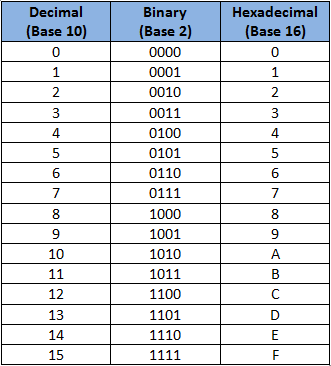Binary/Hexadecimal Converter
Binary, hexadecimal and decimal number systems are different ways of representing numbers. Binary numbers use only two digits: 0 and 1, and are used by computers to store and process information. Hexadecimal numbers use 16 digits: 0 to 9 and A to F, and are used to represent large binary numbers in a compact and human-readable way. Decimal numbers use 10 digits: 0 to 9, and are the standard form of representing numbers in mathematics and everyday life.
To convert numbers between different systems, we can use tables and formulas. For example, to convert a binary number to decimal, we multiply each bit by its positional value (a power of 2) and add them up. To convert a hexadecimal number to decimal, we multiply each hex digit by its positional value (a power of 16) and add them up. To convert a decimal number to binary or hexadecimal, we divide the number by the base (2 or 16) repeatedly and write the remainders in reverse order.

Binary to Hexadecimal Converter
Hexadecimal:
Hexadecimal to Binary Converter
Binary: